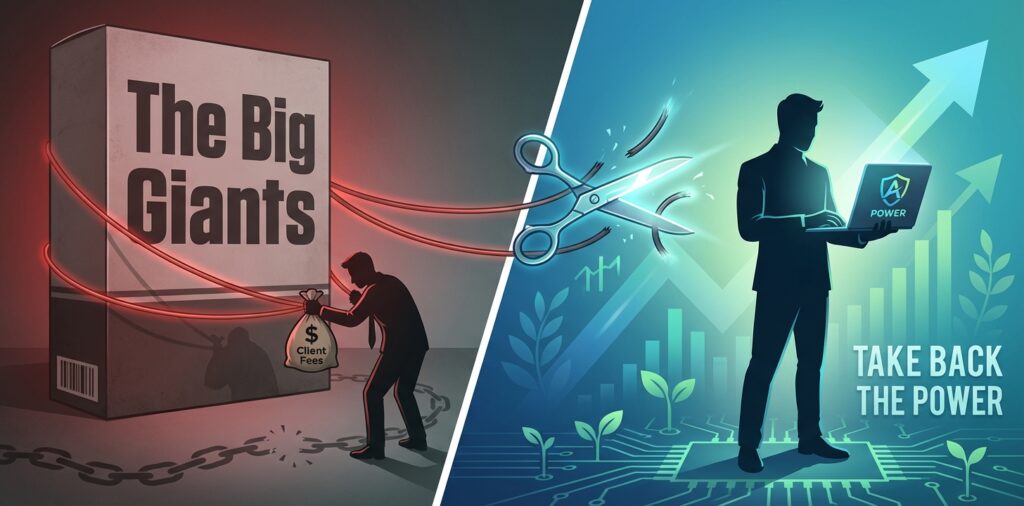India’s Goods and Services Tax (GST) framework has undergone several revisions since its implementation in July 2017. One of the most significant changes has been the reclassification of various items from higher tax slabs to the 5% GST category, making essential goods and services more affordable for common citizens.
Understanding the 5% GST Slab
The 5% GST slab is designed primarily for essential commodities and services that form part of everyday consumption. This lower tax bracket helps keep prices reasonable while ensuring tax compliance across the supply chain.
Key Items Moved to 5% GST
Food and Agricultural Products
Several food items have been moved to the 5% slab to reduce the burden on consumers. Branded cereals, which were earlier taxed at 18%, now attract only 5% GST. Cream, skimmed milk powder, and branded paneer also fall under this category. Cashew nuts, both in-shell and shelled, were reclassified from the 12% slab to 5%, benefiting both consumers and the cashew industry.
Healthcare and Medical Supplies
Recognizing the importance of accessible healthcare, the GST Council moved certain medical items to the 5% bracket. Bio-diesel, when used for medical purposes, and various diagnostic kits now attract lower taxation. This move has made healthcare more affordable, especially for rural populations.
Transportation Services
Economy class air travel tickets continue to be taxed at 5% GST, making air travel more accessible to the middle class. Additionally, transport services by radio taxi, auto-rickshaw, and e-rickshaws remain in the 5% category, supporting the daily commute of millions of Indians.
Footwear and Apparel
Footwear priced up to ₹500 per pair attracts 5% GST, ensuring that basic footwear remains affordable. Similarly, readymade garments priced below ₹1,000 are taxed at 5%, making essential clothing accessible to all economic sections.
Other Essential Items
Coal and lignite used by consumers (not for industrial purposes), renewable energy devices, and certain handicraft items have also been placed in the 5% slab. Printed books, newspapers, and journals remain at 5%, supporting literacy and knowledge dissemination across the country.
Impact on Consumers and Businesses
The reclassification of items to the 5% GST slab has had a dual benefit. For consumers, it has meant lower prices on essential goods, reducing the overall cost of living. For businesses, particularly small and medium enterprises, lower GST rates on inputs have improved cash flow and reduced compliance complexity.
Recent Developments
The GST Council continues to review and rationalize tax slabs periodically. In recent meetings, there have been discussions about moving more items to lower slabs to provide relief amid rising inflation. Taxpayers and businesses should stay updated with GST Council notifications for the latest changes.
Conclusion
The movement of essential items to the 5% GST slab reflects the government’s commitment to making necessities affordable while maintaining a balanced tax structure. As the GST regime matures, further rationalization is expected to simplify compliance and benefit both consumers and businesses alike.
For the most current information on GST rates and classifications, always refer to the official GST portal or consult with a qualified tax professional.






